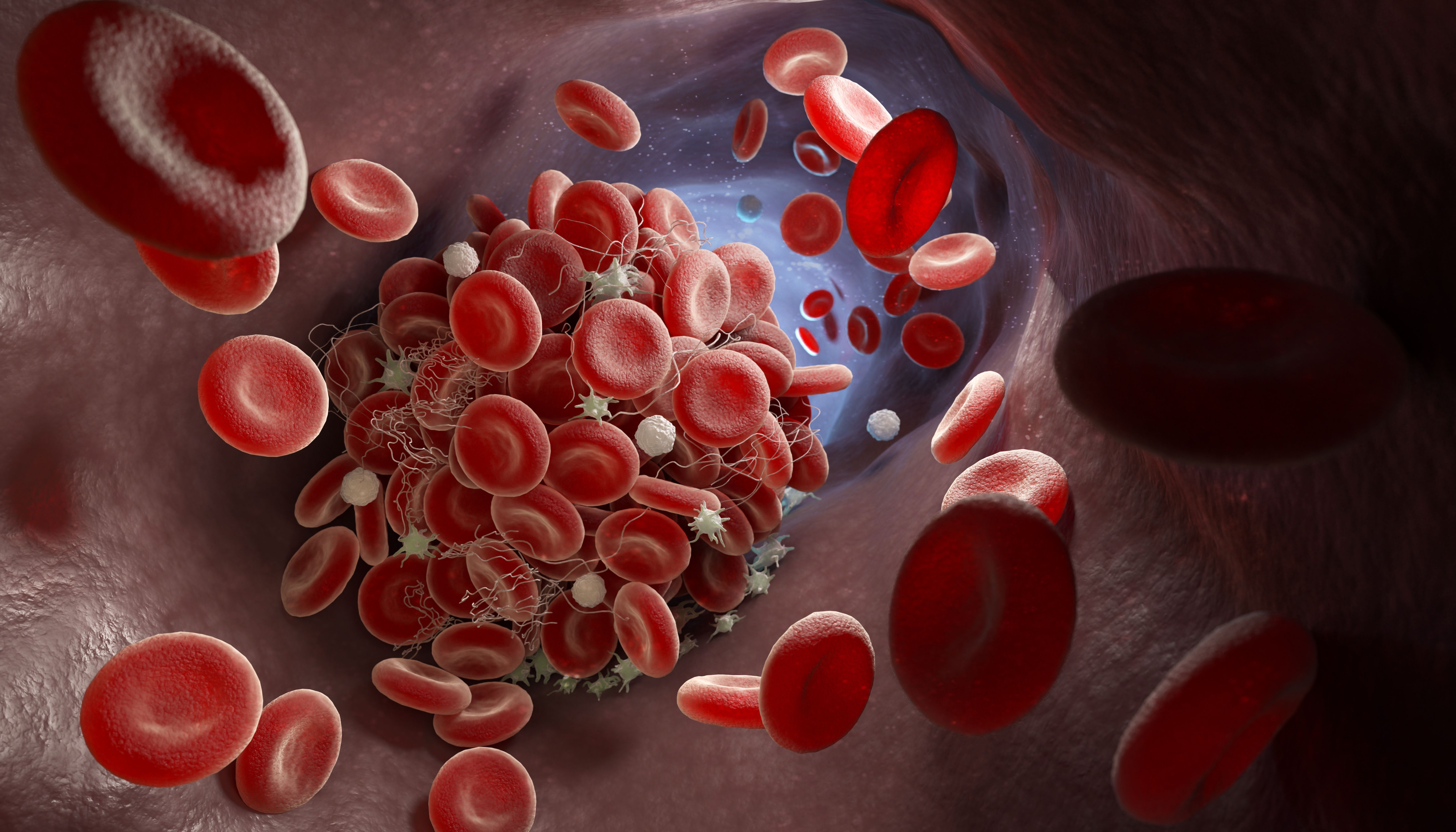Article
Outside Clinical Trial Setting, Patients With MPNs Still Benefit From Jakafi
Author(s):
A recent study showed that patients with MPNs treated with Jakafi off a clinical trial still benefited from the drug.
While the results of the COMFORT-1 and COMFORT-2 trials showed that the JAK inhibitor, Jakafi (ruxolitinib), benefitted myelofibrosis patients with regard to both overall survival (OS) and spleen size, a more recent study conducted by researchers at the University of Texas MD Anderson Cancer Center found that the drug has the same effect on a broader range of patients with myelodysplastic syndromes (MPNs) who were not treated in a clinical trial setting.
Tell me about the study and what it aimed to find.
In an interview with CURE, Kiran Naqvi, M.D., assistant professor of Leukemia at MD Anderson and author on the study discussed the findings, as well as what she sees in the future of treating MPNs.Basically, Jakafi is a drug that has been used in patients with myelofibrosis, and it has also been used in patients with other MPNs, like polycythemia vera. It's been approved in both of these conditions. There were several clinical trials, the COMFORT-1 and the COMFORT-2 studies that were performed that led to the approval by the FDA.
What we were trying to see is whether we have the same results in patients treated off-study. After Jakafi was approved, the patients who presented with myelofibrosis, even if they had been exposed to a JAK inhibitor in the past, were treated by us with Jakafi. We also wanted to see if there was a role of combining Jakafi with other agents in patients where the disease is advancing on Jakafi, or patients coming in with a more advanced form of disease, but the number of those patients was very small.
What were the results?
Basically what we wanted to publish was whether we see the same results with the mediation in patients who were treated off the clinical study. We confirmed that the patients who were treated with Jakafi off-study have the same degree of improvement with regard to spleen size. The spleen shrinks. We also found that even if the patients have been exposed to some kind of JAK inhibitor in the past and then get Jakafi as a second-line treatment, they still respond to treatment. Though the duration of response may not be as robust, there is still a chance that they will respond to Jakafi, despite failing a JAK inhibitor in the past.
What kind of differences were there between patients on your trial and those who were treated on the COMFORT trials?
Then, the last thing that we wanted to see was how would Jakafi in combination with azacytidine or decitabine would do in patients who have been transforming. We thought that there was some promising results and good responses, but ultimately we would need a larger number of patients to make some kind of conclusion in that patient population.
How big of an impact did the approval of Jakafi have on patients with MPNs?
We didn't have a stringent selection criteria, so we treated patients who had other MPNs, like chronic myelomonocytic leukemia (CMML) and essential thrombocythemia. Our study included all of them. Though, I would say, the number of patients who had other MPNs was very small.It's amazing. Jakafi has a great impact because it does improve the quality of life for a lot of patients. A lot of patients with myelofibrosis have a very poor quality of life because of the spleen being enlarged. Then there are a lot of constitutional symptoms like fatigue, fever and weight loss. Those are things that are mediated by the JAK-STAT pathway in myelofibrosis, and Jakafi suppresses that pathway and the constitutional symptoms go away.
What kind of side effects should patients look out for?
In the beginning, we really didn't see much of a survival benefit, but down the road now, we are also seeing that patients treated with Jakafi may have some survival benefits as well. A couple of years out from the COMFORT studies, we ask, “How are the patients doing?” And there is some trend toward survival. But the main impact is on the constitutional symptoms, like the size of the spleen shrinking, the appetite approving. These symptoms are very important in myelofibrosis patients because they really affect the quality of life. The biggest thing that we monitor in patients with myelofibrosis is platelet counts dropping. We need to look at patients and make sure their counts are fine. The starting dose of Jakafi also varies, so if someone comes in with a platelet count of less than 50, then we usually refrain from starting Jakafi because the platelets will just drop further. People can also get some degree of anemia or worsening of anemia on Jakafi.
Then there's also some general side effects. It's a pill, so people can have nausea or a little bit of GI upset. But we didn't see much drug discontinuation from any of these non-hematological issues like nausea or diarrhea. None of the people got to the point where they had to dose reduce or discontinue. There were very few patients who had the drug discontinued for hematological toxicities. Even for a hematological toxicity, like thrombocytopenia, I believe there were just three or four patients who had to have the drug discontinued.
Where do you see the treatment of MPNs going in the next 10 or 15 years?
Most of the time, it's a pretty well-tolerated drug, and the positive effects are immediate. We generally, in our practice, see that starting Jakafi has a quick impact on how patients feel. I think in terms of using Jakafi, it will be seen more in combination. We had about 10 patients who had transformed into extramedullary leukemia (EML), so we do have trials that are combining that with something like azacytidine or decitabine to see what the role of azacytidine is in combination therapy.




